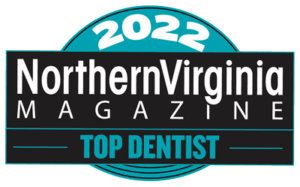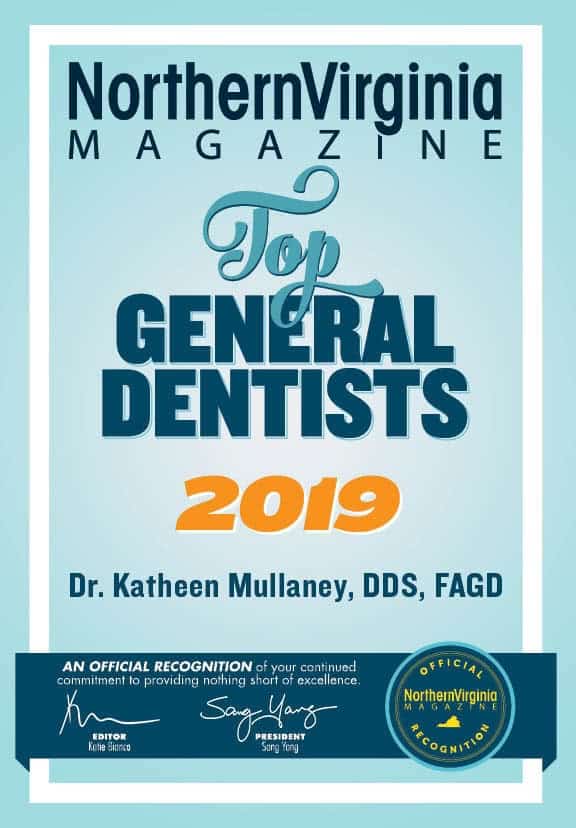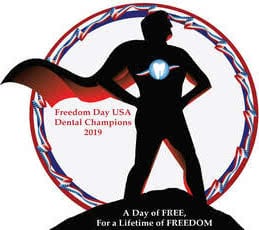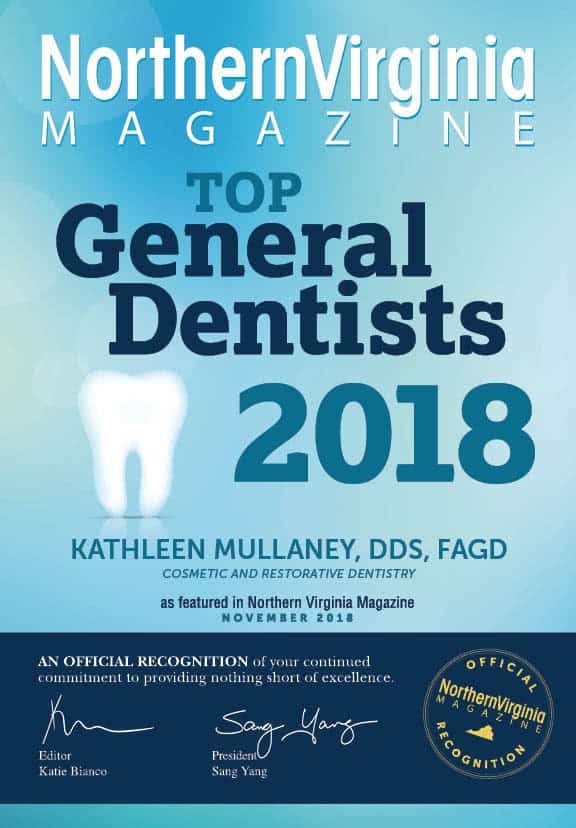How to Remove Plaque From Teeth
Maintaining good oral hygiene is crucial for keeping your teeth healthy and strong.
One of the main culprits behind dental issues is plaque, an invisible film of bacteria that constantly forms on your teeth. Plaque contains harmful bacteria that produce acids, which can damage your tooth enamel and lead to decay.
Our Alexandria dentist, Dr. Mullaney, explains what plaque is, how it affects your teeth, and most importantly, how to effectively remove it here.
What Is Plaque?
Plaque is a sticky film of bacteria that forms on teeth. It’s typically invisible but can eventually lead to tooth discoloration.
When you eat foods high in sugar or starch, the bacteria in your mouth feed and produce acids. These acids, along with bacteria, food particles, and saliva, combine to create plaque. If it isn’t removed, plaque can cause cavities and gum disease.
Tartar, or hardened plaque, requires professional removal by a dentist or hygienist.
How Does Plaque Affect the Teeth?
Tooth Decay
The acids produced by plaque bacteria can erode tooth enamel, leading to cavities or tooth decay. Cavities are permanent damage to the teeth, and if left untreated, they can progress and cause toothaches, infections, and tooth loss.
Gum Disease
When plaque and tartar accumulate along the gumline, they can irritate and inflame the gums, leading to gum disease. The early stage of gum disease is known as gingivitis, which can cause red, swollen, and bleeding gums. If left untreated, gingivitis can progress to periodontitis, a more severe form of gum disease that can result in gum recession, tooth loss, and even bone loss.
Bad Breath
Plaque and its byproducts release foul-smelling gases that contribute to bad breath, also known as halitosis. If you have persistent bad breath despite practicing good oral hygiene, plaque buildup could be the underlying cause.
How to Remove Plaque From Teeth
Removing plaque doesn’t have to be complicated or costly. By sticking to a routine and practicing proper brushing and flossing, you can easily get rid of it and keep your smile healthy.
Here are some key steps to keep plaque at bay:
- Brush Your Teeth Twice a Day
- Brush for two minutes – Brush your teeth for at least two minutes each time. Use a time or a toothbrush with a built-in timer to ensure you brush for the recommended time.
- Use proper technique – Angle your toothbrush towards the gumline and use gentle, circular motions to clean each tooth’s front and back. Pay attention to the areas where your teeth meet your gums, as plaque tends to accumulate there.
- Choose the right toothpaste – Opt for a toothpaste specifically formulated to remove plaque and protect against tooth decay. Look for toothpaste with fluoride, which helps strengthen tooth enamel.
- Use a soft-bristled toothbrush – Choose a toothbrush with soft bristles, like Dr. Mullaney’s recommendation, the Sonicare electric toothbrush, to avoid damaging your gums. Hard-bristled brushes can cause gum recession and tooth sensitivity.
- Floss Daily
- Rinse with Mouthwash
- Chew Sugar-Free Gum
- Maintain a Balanced Diet
- Visit Your Dentist Regularly
Brushing your teeth is the cornerstone of any oral hygiene routine. It helps remove plaque and bacteria from the surfaces of your teeth, preventing tooth decay and gum disease. Follow these tips for effective plaque removal:
Brushing alone can’t reach the tight spaces between your teeth and along the gumline. That’s where flossing comes in. Daily flossing is essential for removing plaque and food particles from hard-to-reach areas.
Mouthwash helps reduce plaque and freshen your breath. Look for a mouthwash that contains fluoride and antimicrobial agents, as they can help kill bacteria and prevent plaque buildup. Rinse your mouth with mouthwash after brushing and flossing. Dr. Mullaney recommends Therasol Rinse, which can be purchased at our Alexandria dental office.
Chewing sugar-free gum can stimulate saliva production, which helps wash away plaque and neutralize acids in your mouth. Look for gum that carries the American Dental Association (ADA) Seal of Acceptance.
A healthy diet plays a vital role in preventing plaque. Limit your sugary and acidic foods intake, as they can contribute to plaque formation. Instead, focus on consuming various nutrient-rich foods, including fruits, vegetables, whole grains, and lean proteins. These foods can help protect against plaque and tooth decay.
Even with a diligent oral hygiene routine, it’s still important to schedule regular dental checkups. Professional cleanings are necessary to remove any plaque or tartar buildup you may have missed. Dental visits also allow Dr. Mullaney to assess your oral health and detect potential issues before they worsen.
Contact Our Experienced Alexandria Dentist Today!
Remember, a plaque-free smile begins with you! If you’re in the Alexandria area and need professional dental care, schedule an appointment with Dr. Kathleen Mullaney, DDS, today.
Our experienced team provides comprehensive dental services to help you achieve and maintain a healthy smile for life. Call 240-532-3335 to get started now!
Author Bio: Dr. Kathleen Mullaney offers various general and cosmetic dentistry services in Alexandria, VA. She earned her doctorate in dental surgery from the Medical College of Virginia (MCV) and proudly served as a United States Navy dentist before opening her practice. With over 25 years of experience, Dr. Mullaney is delighted to be one of Old Town’s most respected and sought-after dentists! Call 240-532-3335 to schedule an appointment.











